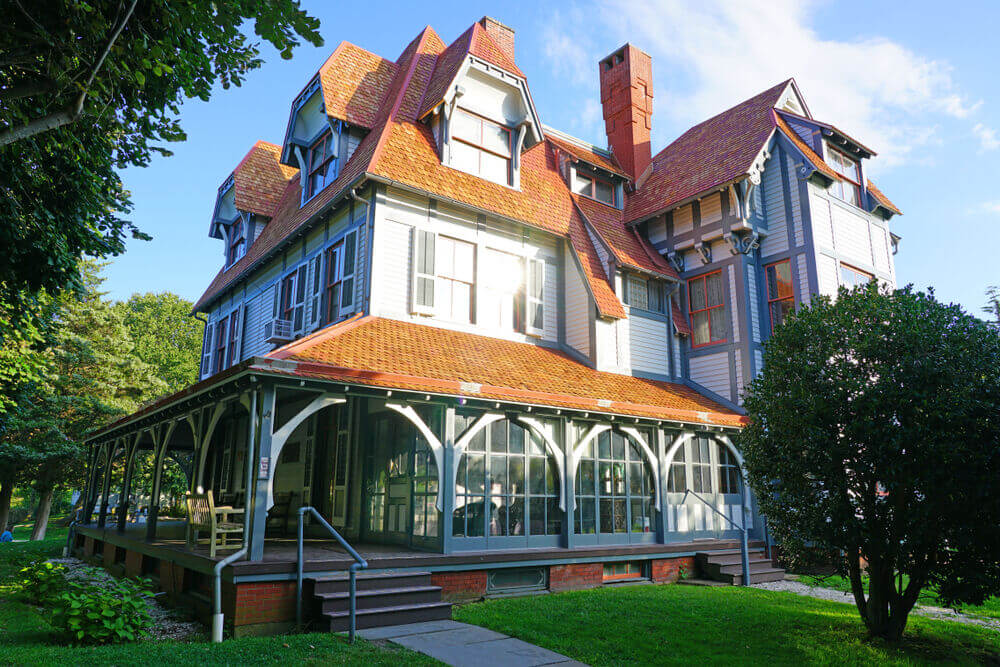CAPE MAY – Cape May City Council heard the results of a study measuring the economic impact of Cape May MAC on the local economy, Aug. 15. Cape May MAC, a local nonprofit organized in 1970, celebrates the history of Cape May through over 9,000 educational and cultural events annually.
The impact analysis shows that MAC programming draws 250,000 to 300,000 visitors each year, making a contribution to the economy through visitor spending and MAC programing of over $196 million.
MAC President and Chief Executive Officer Jody Alessandrine made the presentation to council with a video that is available to interested parties on the organization’s YouTube channel.
In addition to its year-round programming, MAC manages three major historic facilities important to Cape May history.
The 1879 Emlen Physick Estate, built by famous architect Frank Furness, provides a way to experience the lifestyle of a Victorian family.
At the 1859 Cape May Lighthouse, in Cape May Point, visitors have access to a staggering view of the Delaware Bay and Atlantic Ocean. The lighthouse is still an active aid to navigation.
The 1942 World War II Lookout Tower was built in weeks in 1942, when the nation feared German attacks. It is the last freestanding World War II lookout tower in New Jersey.
Cape May MAC and its programming were instrumental in guiding the city through the polarizing debates of the 1960s and 1970s, when the city made its turn toward preservation and its eventual status as a national landmark city.
Working with the county Department of Tourism and the Southern Shore Regional DMO, MAC commissioned the economic impact study from Oxford Tourism Economics, a forecasting and quantitative analysis company specializing on the travel sector.
The analysis showed the broad impact of MAC, which, itself, has a $4 million annual income, only 8% of which is grant funded.
The study revealed that MAC facilitates over $137 million in visitor spending, with a consequence of $26 million annually in state and local taxes. Significantly, MAC programming helps to expand the tourist season in Cape May, with $27 million in visitor spending in September and October and $23 million in November and December. The presentation pointed to over 600 MAC program events scheduled from the day before Thanksgiving to New Year’s Day.
The employment impact of MAC programming was also highlighted. The analysis shows MAC efforts are responsible for almost 2,000 full and part-time jobs, with $60 million in annual labor income.
The programming by Cape May MAC is an important part of Cape May County’s overall $7 billion tourism economy. According to the analysis, 2.5% of all Cape May County visitors came to the county as a result of MAC’s outreach and marketing, accounting for about 2% of all county visitor spending each year.
Mayor Zack Mullock said, “It would be impossible for the city itself to provide the variety of programming offered by Cape May MAC.”
Contact the author, Vince Conti, at vconti@cmcherald.com.








